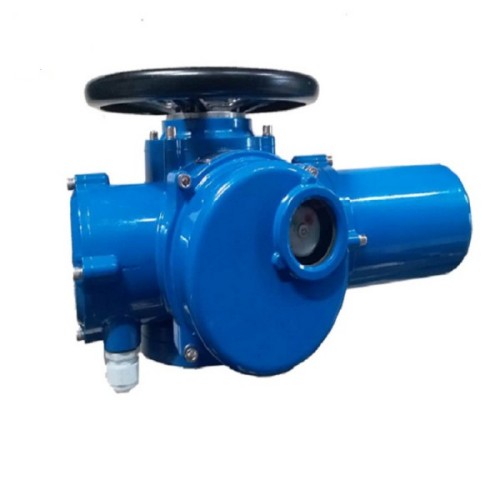yaosheng reducing flange
Understanding the Reducing Flange A Key Component in Piping Systems
In the world of piping systems, the reduction of pipe diameter can be a critical factor in maintaining efficiency and performance. One of the essential components that facilitate this transition is the reducing flange. With its unique design and functionality, the reducing flange plays a significant role in various industrial applications, from water treatment facilities to oil and gas pipelines.
What is a Reducing Flange?
A reducing flange is a type of flange used to connect two sections of piping with differing diameters. It allows for a seamless transition from a larger pipe to a smaller one, ensuring that the flow of fluids or gases remains consistent and efficient. Typically crafted from materials such as stainless steel, carbon steel, or plastic, reducing flanges are designed to withstand high pressure and temperature conditions commonly found in industrial environments.
Design and Types
Reducing flanges come in various designs and styles to accommodate different piping configurations
. The most common types include1. Concentric Reducing Flange This type features a symmetrical design that aligns the center of the larger and smaller pipe. It is often used in vertical piping applications where the flow of the medium is consistent.
2. Eccentric Reducing Flange In contrast, the eccentric type has an off-center design that helps to maintain a uniform flow in horizontal piping systems. This design minimizes the risk of air pockets forming, which can lead to inefficient flow and potential damage to the system.
yaosheng reducing flange

Applications
Reducing flanges are widely used across various industries. In the oil and gas sector, they are crucial for connecting different pipeline sizes, ensuring that the transport of crude oil and natural gas remains uninterrupted. Similarly, in water treatment plants, reducing flanges facilitate the transition between different pipe sizes, effectively managing the flow of water through various treatment processes.
Additionally, these flanges are essential in HVAC systems, where they connect ductwork of varying dimensions to optimize airflow. In chemical processing plants, reducing flanges play a vital role in controlling the flow of reactive substances through pipes of different sizes, maintaining safety and efficiency.
Advantages of Using Reducing Flanges
One of the primary benefits of using reducing flanges is their ability to streamline the flow of substances. By effectively managing the transition between different pipe sizes, these flanges help minimize turbulence and pressure drops, leading to improved system efficiency. Furthermore, reducing flanges are designed for easy installation and maintenance, simplifying the overall process of pipeline construction and repair.
Moreover, the use of high-quality materials in the production of reducing flanges ensures durability and longevity. This reliability translates to reduced downtime and maintenance costs, making them a cost-effective solution in the long run.
Conclusion
In conclusion, reducing flanges are indispensable components in modern piping systems. Their ability to facilitate smooth transitions between different pipe sizes not only enhances the efficiency of fluid and gas transport but also contributes to the safety and reliability of various industrial applications. As industries continue to evolve, the importance of such components will only grow, emphasizing the need for high-quality reducing flanges in every sector. Understanding their function and advantages is crucial for anyone involved in piping system design and maintenance, ensuring optimal performance and longevity of the entire system.
-
The Key to Fluid Control: Exploring the Advantages of Ball Valves in Industrial SystemsNewsJul.09,2025
-
The Versatile World of 1, 2, and 3 Piece Ball ValvesNewsJul.09,2025
-
Stainless Steel Ball Valves: The Ideal Choice for Efficient Flow ControlNewsJul.09,2025
-
Optimizing Fluid Control with Ball Float ValvesNewsJul.09,2025
-
Manual Gate Valves: Essential for Control and EfficiencyNewsJul.09,2025
-
Everything You Need to Know About Butterfly ValvesNewsJul.09,2025
-
The Versatility of Wafer Type Butterfly ValvesNewsJul.08,2025




